Space & Time Saving
Pre-fabrication takes many guises, ranging from large scale completed rooms such as bathrooms down to smaller items such as FCU’s (Fan Coil Units) pre-fitted with valve assemblies.
Whilst valve assemblies are a relatively small part of the installation, the quantity of assemblies gives the contractor an opportunity to save on his installation time.
Essentially there are two designs of valve assemblies;
- Single manifold type, like the Hattersley Hook-Up series
- Multi-manifold commissioning system
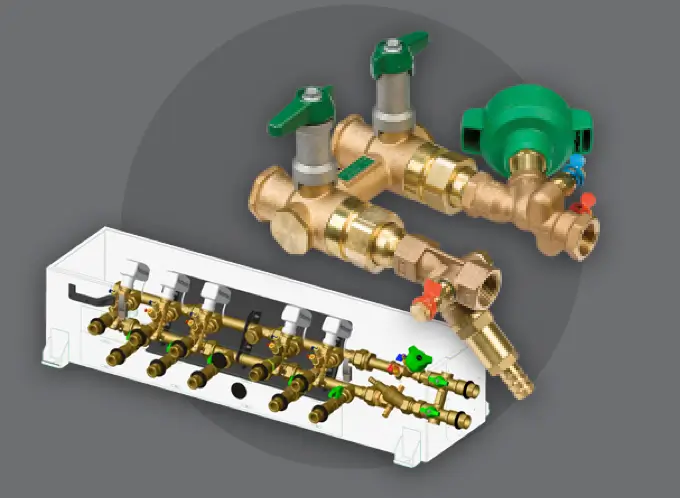
The Hook-Up Series
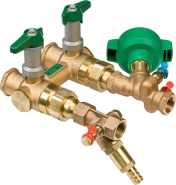
The Hook-Up was the first purpose manifold assembly to be introduced into the Building Services industry.
Until then, valve assemblies were a combination of standard valves assembled into a copper framework.
From the original Hook-Up, which is installed ‘remotely’ from the coil and had 80mm pipework centers, the Hook-Up Prime was developed.
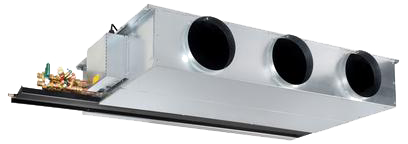
The Hook-Up Prime is designed to fit directly onto the copper tails of the FCU coils, having 40mm centers, above the condensation drip tray. This allows for the valve sets to fit within the increasing demand for reduced ceiling void spaces.
Both the original Hook-Up and the Hook-Up Prime assemblies are based on a ‘mix & match’ approach, therefore allowing the finished assembles to match the individual requirements of the contractor.
They are all pre-pressure tested and labelled with locations before dispatch to site.
Using the Hattersley Hook-Up not only saves installation time and reduces the product footprint but simplifies the ordering process, allows phased delivery direct to site if required and reduces the risk of failing joints as all Hook-Ups are fully tested as part of the assembly process.
Typical ‘on-site’ installations require up to 28 individual joints

The Hook-Up and Hook-Up Prime both only require 4 on-site joints
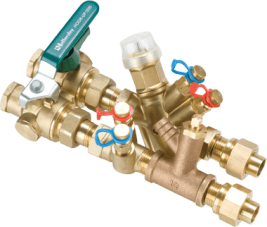
Where the Hook-Up Prime is issued directly to your individual Fan Coil Unit manufacturer, the on-site connections are reduced to 2.
View Hook-Up Product RangeMultiComm
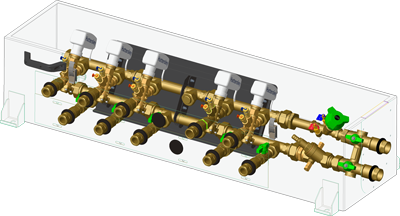
The MultiComm takes the original idea of the Hook-Up and uses a combination of manifolds to allow connections for up to six FCUs.
Like the Hook-Up, the MultiComm is pre-pressure tested and labelled with locations before dispatch to site.
Using the Hattersley MultiComm not only saves installation time but simplifies the ordering process, allows phased delivery direct to site if required and reduces the risk of failing joints as all MultiComm’s are fully tested as part of the assembly process. The units can also be located in easy to access areas where the multiple connected terminals can be commissioned from a centrally located area, minimizing disruption and people movement on site.